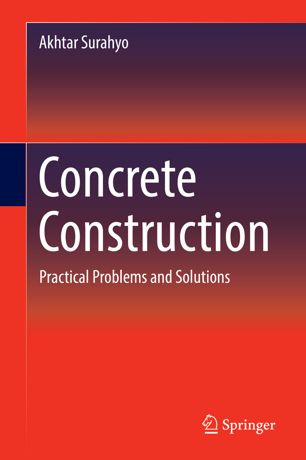

Most ebook files are in PDF format, so you can easily read them using various software such as Foxit Reader or directly on the Google Chrome browser.
Some ebook files are released by publishers in other formats such as .awz, .mobi, .epub, .fb2, etc. You may need to install specific software to read these formats on mobile/PC, such as Calibre.
Please read the tutorial at this link: https://ebookbell.com/faq
We offer FREE conversion to the popular formats you request; however, this may take some time. Therefore, right after payment, please email us, and we will try to provide the service as quickly as possible.
For some exceptional file formats or broken links (if any), please refrain from opening any disputes. Instead, email us first, and we will try to assist within a maximum of 6 hours.
EbookBell Team

4.0
76 reviewsThis book is a thorough and comprehensive update of the 2002 edition, that incorporates detailed references to the Canadian, American, and British (European) standards, contextualized by the author based on over 30 years of construction experience. In addition to updates to the core text, many new topics are presented in the second edition, including a chapter discussing the methods for achieving quality control and ensuring quality assurance in concrete construction.
The book consists of two parts. The first part provides basic information about normal concrete, its grades used on sites and various kinds of modified concretes such as fiber- reinforced concrete, sulphur concrete, roller compacted concrete, high performance concrete, ultra- high performance concrete, and flowing concrete. . It further addresses physical properties of concrete and various types of Portland cement, blended cements, admixtures, additives including properties of aggregates and their influence. The second part of the book highlights the principal causes of concrete deterioration along with protective measures, resulting from incorrect selection of constituent materials, poor construction methods, external factors, chemical attack, corrosion problems, hot and cold weather effects, and the various errors in designing and detailing. Featuring an extensive bibliography of the highly adopted standards as well as manuals and journals critical to the construction industry at the end of each chapter, the volume offers readers an advanced understanding of the theory and practical application of concrete technology and international standards in North America and Britain.